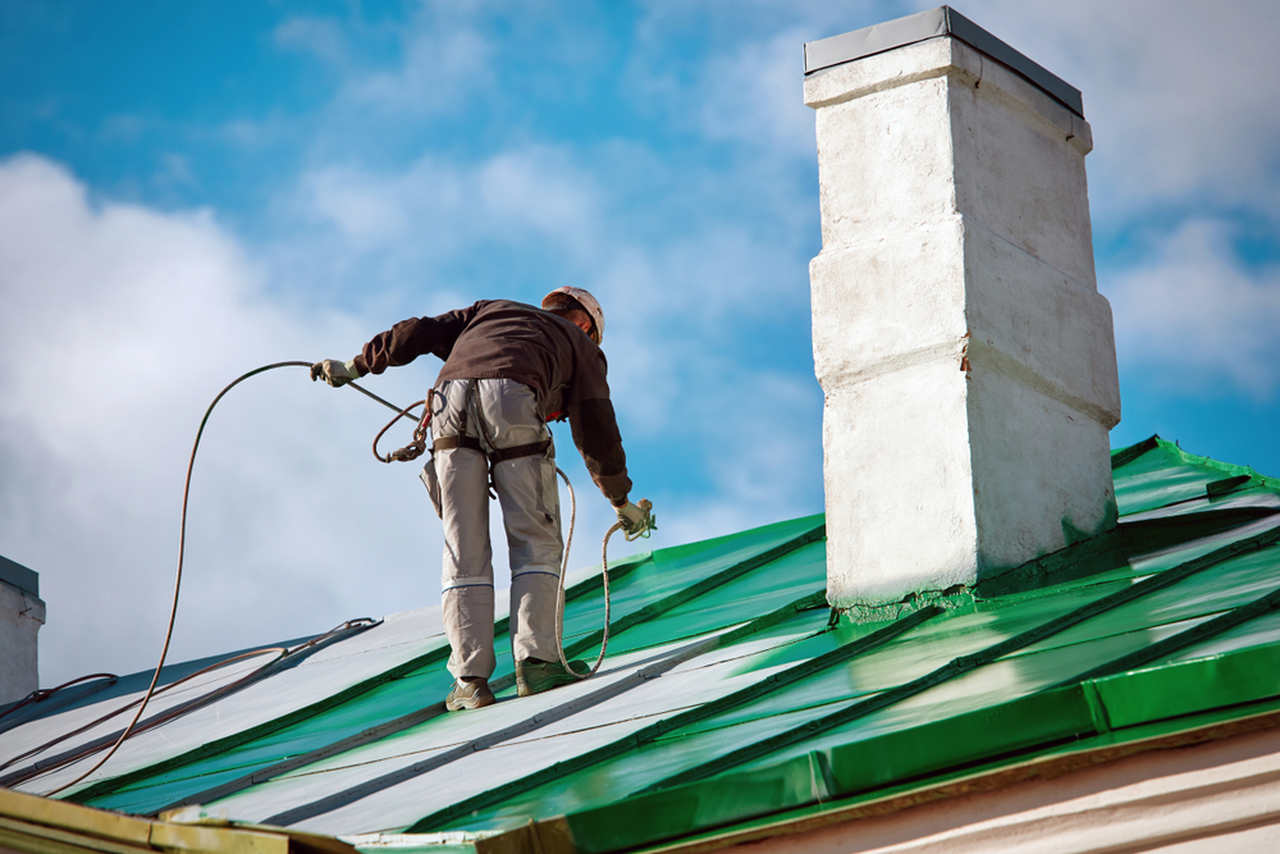An Overview |
The Environmental Impact of Reroofing: Sustainability Considerations

Reroofing is a necessary process for maintaining the structural integrity of a building, ensuring safety, and improving energy efficiency. However, the environmental impact of reroofing is often overlooked. From material waste to energy consumption, the choices made during reroofing can significantly affect the environment. Understanding sustainability considerations can help homeowners and businesses make eco-friendly decisions that minimize their ecological footprint.
Waste Generation and Disposal Challenges
One of the most significant environmental concerns associated with reroofing is waste generation. Old roofing materials, especially asphalt shingles, often end up in landfills, contributing to waste accumulation. Asphalt shingles, which are commonly used in residential roofing, have a long decomposition period, leading to lasting environmental impacts.
Recycling programs have been introduced in many areas to repurpose old roofing materials. Recycled shingles can be used in road construction, reducing landfill waste. Choosing a contractor who participates in recycling initiatives can significantly lower the negative impact of reroofing on the environment.
Sustainable Roofing Material Options
The choice of roofing materials plays a crucial role in determining the sustainability of a reroofing project. Traditional materials like asphalt shingles and metal roofing have different environmental implications. Asphalt shingles are widely used but have a shorter lifespan and contribute to landfill waste, while metal roofing is highly durable and recyclable.
Eco-friendly alternatives such as recycled metal, clay tiles, wood shakes, and rubber roofing are becoming increasingly popular. Cool roofing materials, which reflect more sunlight and absorb less heat, help reduce energy consumption in buildings. Green roofs, which incorporate vegetation, provide insulation and improve air quality while supporting biodiversity. Exploring sustainable materials ensures that reroofing projects have a lower environmental impact.

Energy Efficiency and Reroofing
Reroofing presents an opportunity to enhance the energy efficiency of a building. Poor insulation and inadequate roofing materials can lead to increased energy consumption due to excessive heating and cooling needs. Opting for high-quality, energy-efficient materials can improve indoor comfort and reduce reliance on artificial temperature control systems.
Reflective or cool roofing materials can help lower heat absorption, particularly in warmer climates. Proper insulation and ventilation also play a key role in reducing energy waste. Investing in energy-efficient solutions during reroofing can lead to long-term savings and a reduced carbon footprint.
The Carbon Footprint of Roofing Materials
The production, transportation, and disposal of roofing materials all contribute to greenhouse gas emissions. Asphalt shingles, for instance, require fossil fuels during manufacturing, leading to carbon emissions. Metal roofing, while energy-intensive to produce, is highly durable and recyclable, making it a more sustainable choice over time.
Choosing locally sourced materials can reduce transportation-related emissions. Additionally, considering roofing options with a longer lifespan helps minimize the frequency of reroofing projects, further reducing environmental impact. Evaluating the entire lifecycle of roofing materials is essential when making sustainable choices.

Water Runoff and Environmental Pollution
Reroofing can also impact water quality. Certain roofing materials contribute to water runoff that carries pollutants into natural water sources. Asphalt shingles, for example, can release chemicals that contaminate rainwater.
Eco-friendly roofing options, such as green roofs or permeable roofing materials, help manage stormwater effectively. These systems reduce runoff, improve water filtration, and enhance the overall health of surrounding ecosystems. Installing proper drainage systems and selecting environmentally safe materials can help mitigate pollution concerns associated with reroofing.
Sustainable Roofing Practices and Certifications
Adopting sustainable roofing practices goes beyond choosing eco-friendly materials. Working with contractors who prioritize green building standards can make a significant difference. Certifications such as ENERGY STAR ratings and LEED (Leadership in Energy and Environmental Design) indicate that roofing materials and installation practices meet sustainability criteria.
Reusing materials where possible, reducing on-site waste, and ensuring responsible disposal of old roofing components are all important aspects of sustainable reroofing. Understanding these factors enables property owners to make informed decisions that align with environmental responsibility.